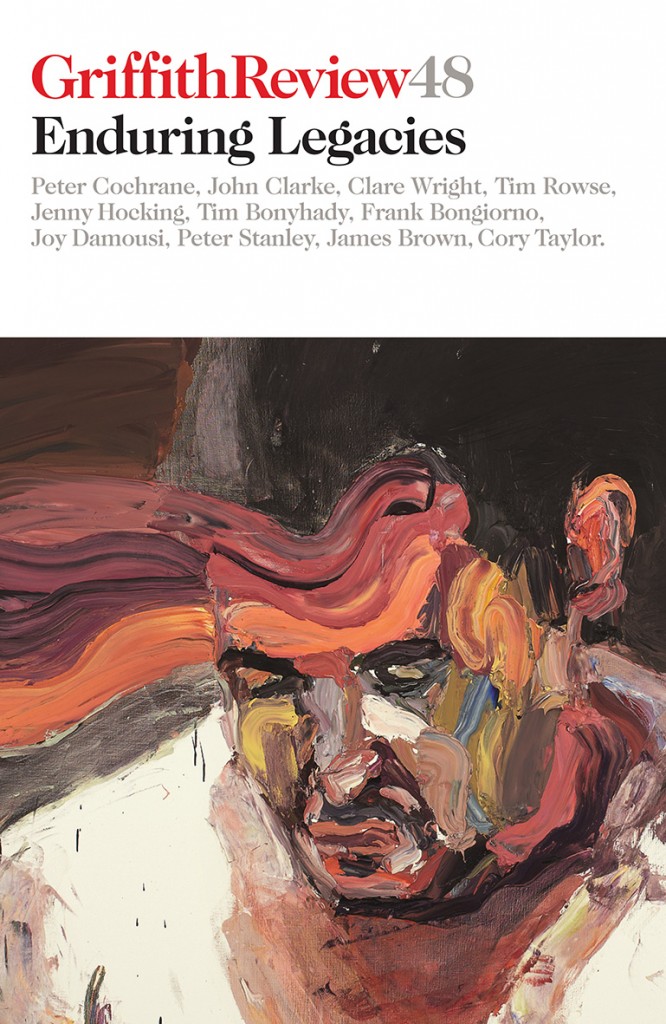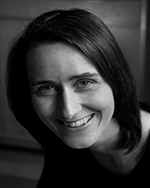Featured in

- Published 20150505
- ISBN: 9781922182807
- Extent: 264 pp
- Paperback (234 x 153mm), eBook

Already a subscriber? Sign in here
If you are an educator or student wishing to access content for study purposes please contact us at griffithreview@griffith.edu.au
Share article
About the author

Marina Larsson
Dr Marina Larsson is an award-winning historian who has lectured at La Trobe and Monash universities. Her book Shattered Anzacs: Living with the Scars...
More from this edition

Gough’s war
EssayIt took Gough’s war years and his time in the RAAF, freed from the happy but sheltered home life of a public servant’s son,...

Allies in name alone
EssayTHE VIETNAM WAR lingers in the collective memory like some unspeakable crime, locked away in the nation’s attic. Contrary to popular belief, America did...

An unexpected bequest
EssayIT IS IMPOSSIBLE to look at daguerreotypes of nineteenth-century Australian women in their hats and heavy, long dresses without wondering how they managed to...